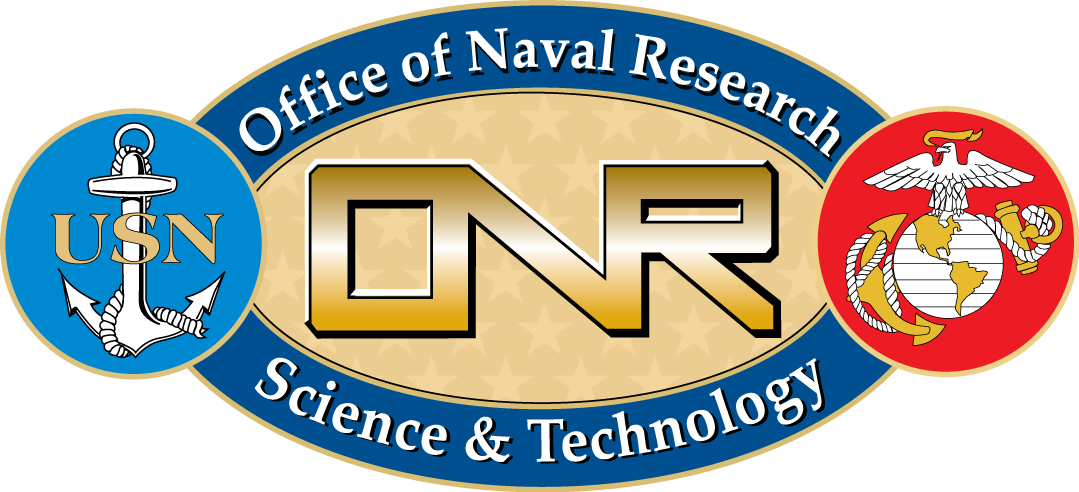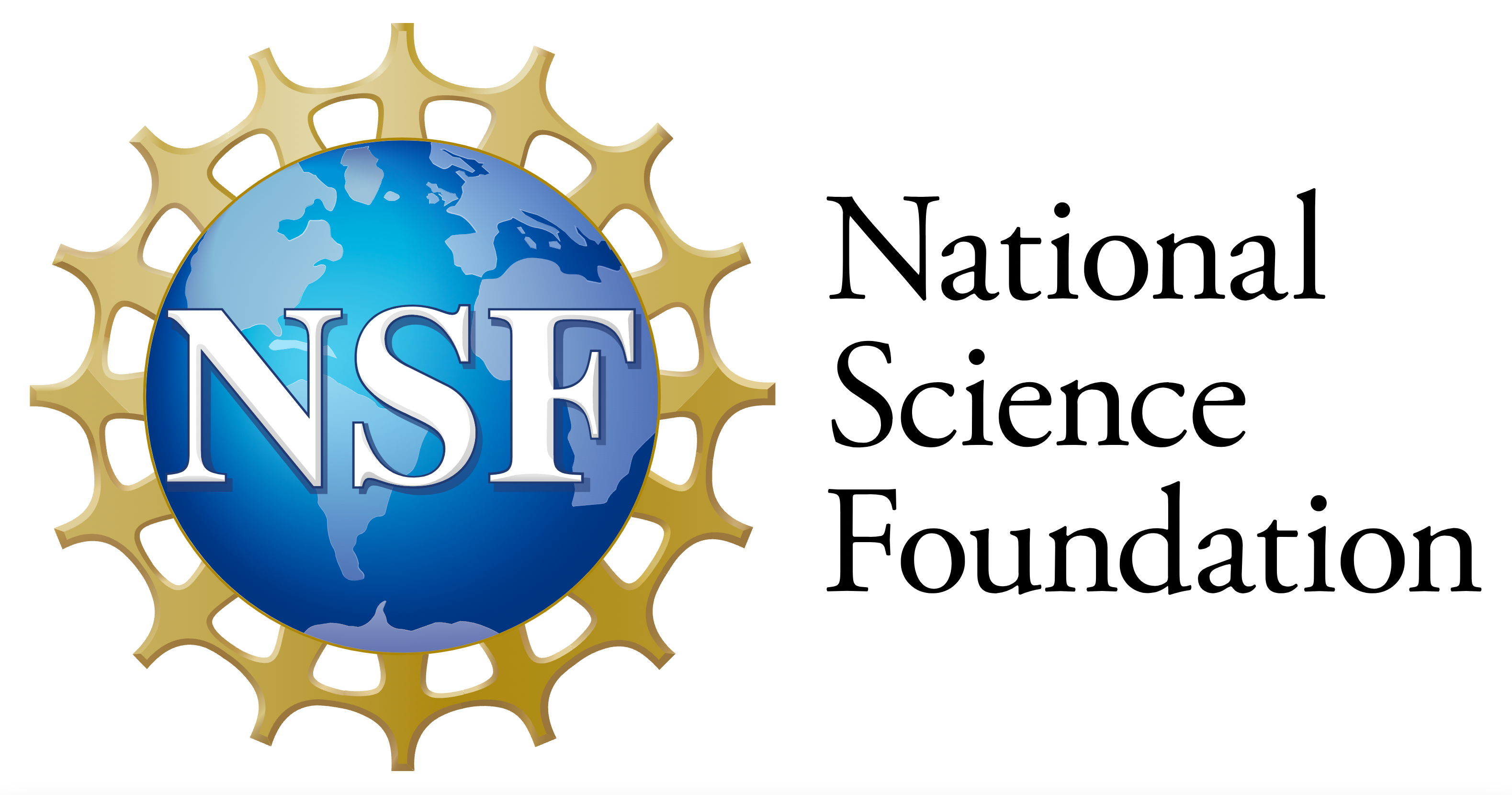
Securing Underwater Data Centers from Acoustic Attacks: Defense Systems Surveillance Capabilities (ONR #N000142412596)
Funding: $759,082 for 9/24-8/27
PI: Md Jahidul Islam Co-PI: Sara Rampazzi

FRR: Underwater Robot Navigation and Localization During Recovery by Optical Homing and Penning (NSF #2330416)
Funding: $599,503 for 9/24-8/27
PI: Md Jahidul Islam Co-PIs: Sanjeev Koppal and Jane Shin

Collaborative Research: FW-HTF-RM: Human-in-the-Lead Construction Robotics: Future‐Proofing Framing Craft Workers in Industrialized Construction (NSF #2326159)
Funding: $699,570 for 10/23-9/26
PI: Aladdin Alwisy Co-PIs: Bryan Willam Franz, Md Jahidul Islam and Boyi Hu

Low-light Rolling Shutter Imagery for Robot Motion (AMAZON.COM)
Funding: $220,000 for 6/25-5/26
PI: Sanjeev Koppal Co-PIs: Md Jahidul Islam and Damon Woodward

DRPD-ROSF2023:Nemo-Gator: Developing Edge-AI Capabilities for a Biomimetic Fishlike Robot for Long-term Monitoring of Coastal Ecosystems (US Research Opportunity Seed Fund 2023)
Funding: $90,000 for 10/23-9/25
PI: Md Jahidul Islam Co-PIs: Roy P.E. Yanong and William Frank Patterson

Microprocessort Applications-2 Course Development at ECE UF
Funding: $150,000 (2023-24, 2024-25, 2025-26)
PI: Md Jahidul Islam

Autonomous Robots Course Development at ECE UF
Funding: $25,000 (2025-26)
PI: Md Jahidul Islam